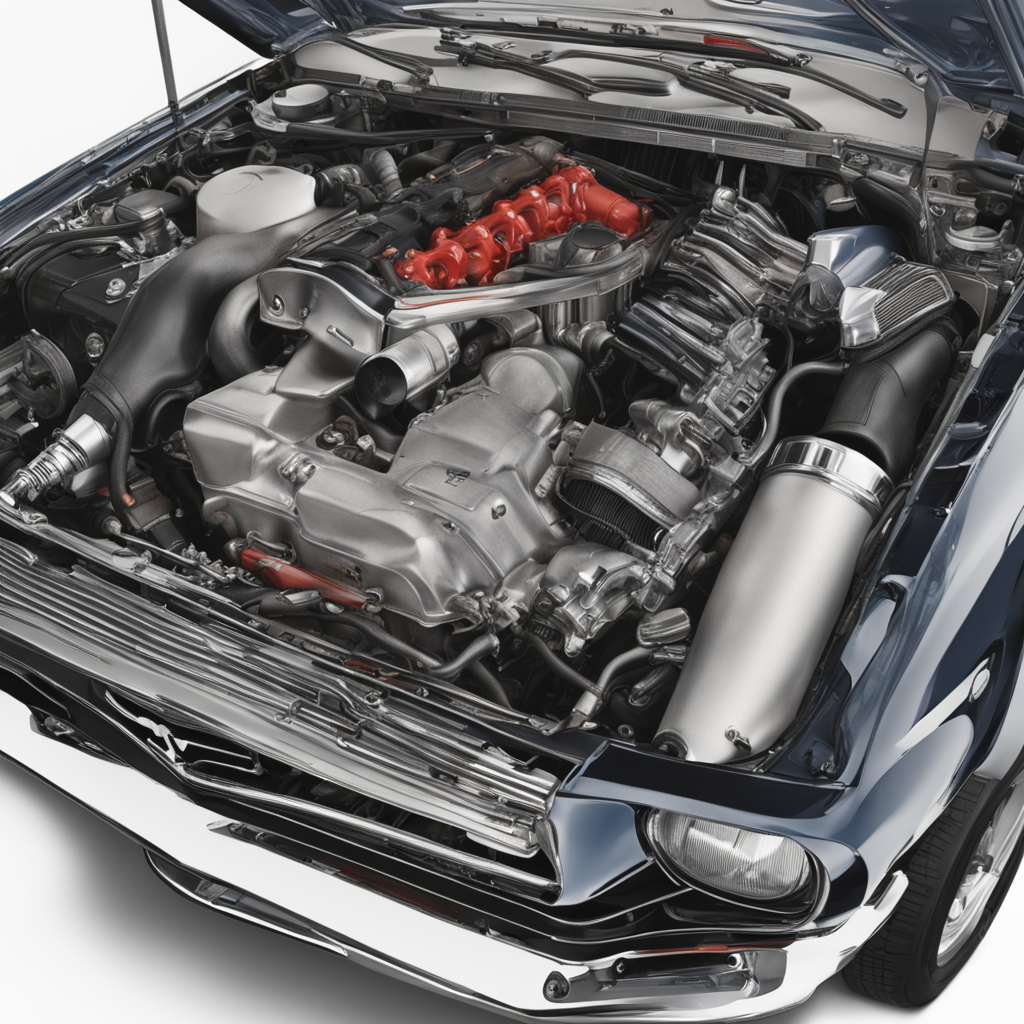A Comprehensive Guide to the Powertrain of America’s Favorite Pony Car
The Ford Mustang is an iconic American muscle car that has been thrilling enthusiasts for over five decades. Among its many variants, the Mustang GT is often considered the most desirable iteration. B …
Updated October 14, 2023
The Ford Mustang is an iconic American muscle car that has been thrilling enthusiasts for over five decades. Among its many variants, the Mustang GT is often considered the most desirable iteration. But what engine does a Mustang GT have? In this article, we’ll delve into the history and evolution of the GT’s powertrain, exploring the pros and cons of each generation.

Introduction
The Ford Mustang has been an integral part of American automotive culture since its introduction in 1964. Among its many trim levels and variants, the Mustang GT is arguably the most sought-after model. With a rich history spanning over five decades, the GT has undergone significant changes to its powertrain, making it essential for enthusiasts to understand what engine does a Mustang GT have.
Answer to Question
The Ford Mustang GT’s engine has evolved significantly over the years, with each generation offering unique characteristics and performance capabilities. Here are some of the most notable engines used in the Mustang GT:

- 1965-1970: 289 cubic-inch V8 (271 horsepower)
- Pros: Iconic design, early adoption of fuel injection
- Cons: Limited power output compared to later generations
- 1971-1982: 351 Cleveland V8 (266 horsepower)
- Pros: Increased power output, improved emissions control
- Cons: Less responsive acceleration due to larger displacement
- 1983-1994: 5.0L V8 (205 horsepower)
- Pros: Improved fuel efficiency, reduced emissions
- Cons: Reduced power output compared to earlier generations
- 1995-2004: Modular V8 (260 horsepower)
- Pros: Increased power output, improved fuel efficiency
- Cons: Less responsive acceleration due to smaller displacement
- 2005-2010: 4.6L V8 (300 horsepower) and 5.4L V8 (400 horsepower)
- Pros: Improved power output, better handling
- Cons: Higher emissions output, increased fuel consumption
- 2011-present: Coyote 5.0L V8 (435 horsepower), EcoBoost 2.7L I4 (310 horsepower), and GT350/GT500’s 5.2L V8 (529 horsepower)
- Pros: Improved power output, reduced emissions, better fuel efficiency
- Cons: Increased complexity, higher cost
Pros and Cons of Each Generation
- Early generations (1965-1970): Iconic design, early adoption of fuel injection, but limited power output.
- Mid-generation (1971-1982): Improved power output, improved emissions control, but less responsive acceleration.
- Late-generation (1983-1994): Improved fuel efficiency, reduced emissions, but reduced power output.
- Modern generations (2011-present): Improved power output, better fuel efficiency, but increased complexity and cost.
Conclusion
In conclusion, the Ford Mustang GT’s engine has undergone significant changes throughout its history. Each generation offers unique characteristics, performance capabilities, and pros and cons. Whether you’re a seasoned enthusiast or just entering the world of pony cars, understanding what engine does a Mustang GT have is crucial for appreciating this iconic American muscle car.

